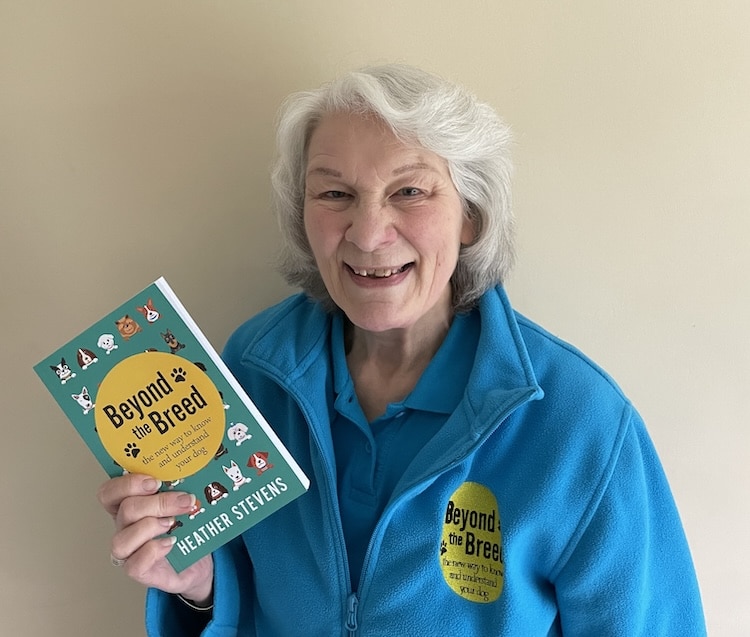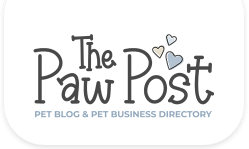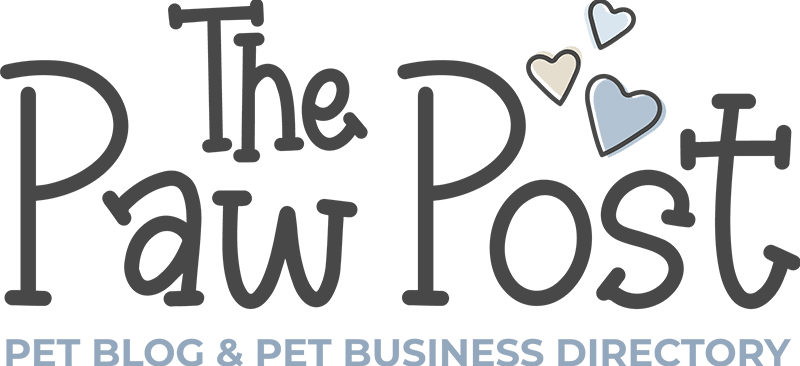Have you ever heard of ‘functional characters’ in relation to our dogs?
It’s a scientific concept exploring the different types of personalities we see in our pets.
Understanding which character your dog is will help you when it comes to training, bonding with your dog, and living harmoniously together.
Heather Stevens is a dog trainer who has spent her life training dogs and 10 years studying the different functional characters and helping other owners identify which one their dog is.
The process is a little like the Myers-Briggs personality tests you might have taken in the workplace.
And just like us, this knowledge helps us match our dogs to the right activities and environments, improving communication and relationships between pets and owners.
If you’ve ever had two very different dogs of the same breed, or even from the same litter, or wondered why your dog gets on with some pups but not others, you’ll find this post fascinating.
Heather shares how you can figure out which character your dog is, so you can understand them more deeply, and give them the best possible care and life.
*This post includes an affiliate link to buy Heather’s book, meaning if you click on it and purchase, I will be paid a small commission. This doesn’t affect the price you pay and helps to fund this blog.

Tell us about your background
“My first dog came into my life when I was six years old. In my 20s, I started competing with my dogs.
“In the mid-80s, I began offering dog training classes part-time alongside another job. About 22 years ago, I turned my dog training hobby into a full-time business.
“I started a dog daycare, CentreBarks, in Richmond, North Yorkshire nearly eight years ago, which is thriving. I now focus on one-to-one work, specialising in aggression cases.
“I also help owners gain a deeper understanding of their dog’s personality so I can provide tailored support.
“Dogs are my absolute passion, and I’m constantly researching to learn more about how they function and behave.”
How did you find yourself working around functional characters?
“During the first lockdown in March 2020, I was furloughed from my business. With time on my hands, I decided to write a book.
“I contacted Dr Isla Fishburn, who’d introduced me to the concept of ‘functional characters’ back in 2016 and explained I’d like to write about them, and she gave me her support.
“The book focuses on explaining the eight functional characters and one other, the Nanny Guardian, and how to identify them in your dog.
“There’s also a chapter on diet, cancer and chemicals in dogs, which was edited by the renowned veterinarian, Dr Jean Dodds.”

Can you share an overview of the eight functional characters?
The Guide: “The guides decide what we do, when we do it, and how long we do it for. They are the leader of the group and would be known as the alphas in the wolf world.”
The Defender: “These are the big beefy chaps that sort out all the danger that might happen in the environment. They are the supporters for the guides and could be considered the beta dogs.”
The Hunter: “They lead the hunt and are very agile, slim, and very often hard to keep weight on. They are quite confident.”
The Observer: “The dog world worry-warts who act as the lookouts for the social group, sensing potential danger through energy and intuition. Their bark is more like a machine gun.”
The Lone Individual: “They are quite aloof with a small social network and large personal space bubbles. They can be mistaken for Guides.”
The Peacekeeper: “They work to defuse tension and energy between individuals by appeasement behaviours like rolling on their back.”
The Overseer: “They are the quality control managers who go around testing the other dogs to ensure the group can function as a unit. They can be quite intense and obsessive.”
The Follower: “They make up the majority of dogs and have a wide range of size and confidence levels. Their role is to support the other roles as the troops.”
The Nanny Guardian: “This is not a core functional character but an add-on that emerges, for example, when an older dog takes on a nurturing role, for example, with a new puppy, wanting to play with it, nurture it, and care for it.”
And now you’re trying to help more owners understand this?
“Yes, my passion is that we understand dogs at a much deeper level.
“They are energy-driven creatures and it’s not enough to just stick a collar and lead on it, throw a bowl of kibble down in front of it twice a day and take it for a walk.
“They’re much more than that. Every good dog guardian sees their pets as family, and we need to treat them as the unique species they are.
“We must strive to understand them in a broader sense.
“If we can take an hour a week, even just to read something, to watch something to understand a bit more about what makes our dogs tick, and why they do the things they do, it would be so valuable.”

How can knowing your dog’s functional character improve your lives together?
“It can dramatically improve your relationship and training approach. If we use Patch as an example, his core functional character is Follower.
“If you took him to classes, you would need to understand that he needs more sessions to learn something that a Guide might learn in two repetitions.
“The key is recognising that the difference in their learning capacity, or the speed with which they learn is vastly different.
“For the Follower, you may need take this a bit more slowly and break learning into smaller manageable chunks that you can get the beginnings of, and then build it more slowly.
“Whereas for the Guide, you can probably cut the exercise in half, teach the two halves, join them together and in one session, you’ve got the whole thing done.
“The Follower will need that one exercise breaking down into maybe 10 pieces.
“The key is recognising each dog as an individual and adapting your approach to play to their natural tendencies.
“This builds a stronger bond, reduces frustration, and allows each dog to thrive”.
What is your ultimate aim?
“Knowing a functional character means you have a much deeper understanding of your dog.
“It’s like lifting the bonnet on a car and sticking your head over the engine and going ‘oh, wow, I never knew that bit was there. I wonder what that bit does?'”
“There are a lot of people who don’t try to understand what it is that’s going on underneath. They just see it as a fearful dog or an aggressive dog
“But what makes you see aggression? Is it because the dog has an emotion that needs grounding at that moment?
“Does the dog have trauma? Has the microbiome been upset because of the diet?
“There are so many things that cause dogs to behave the way they do. And we absolutely need now to start drilling down further and understanding the dog from the inside out.
“If pet professionals, breeders and rescue centres are aware of this work, it means dogs will ideally be matched to the right homes and dogs and families stay together.”
How can we get started in understanding our dogs’ functional characters?
“A good place to begin is my book, Beyond The Breed, which is available on Amazon, and I also run workshops in North Yorkshire.
“We take our work to dog shows and events and I put on trainings for pet professionals, and if you’re interested in this stuff, just get in touch.”
Want to find out more about Heather’s work?
Buy her book on Amazon: https://amzn.to/3w4TFfE*
Visit her website for dates and times of workshops: https://www.beyondthebreed.co.uk/
Follow her on Instagram: https://www.instagram.com/beyondthebreed/
Join the Beyond The Breed Facebook Group: https://www.facebook.com/groups/1060551757675722
Further reading
What happens when you have a DNA test for your dog?
Understanding prey drive in dogs with Tracey McLellan





